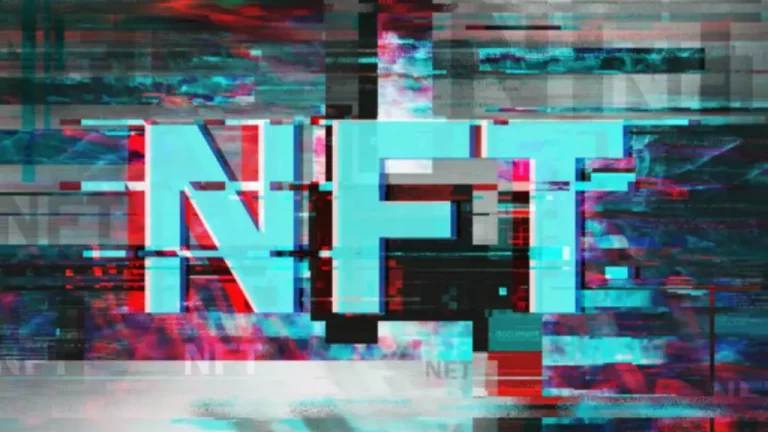Content
A Doji, for example, is a type of candlestick pattern that often tells analysts that there is indecision in the market, and a trend change could soon occur. In this article, we have looked at the concept of technical analysis and how Digital asset to use them in day trading. We have assessed the different types of indicators (trend, oscillators, volume, and volatility).
Which Technical Indicator Can Best Spot Overbought/Oversold Conditions?
Many trading systems are based on technical indicators since they can be quantitatively calculated. These signals can help investors accurately forecast future price movements and know whether to buy, hold, or sell their assets. In addition, technical indicators are generally used to obtain additional information in combination with basic chart patterns – placed over the chart data to predict where prices https://www.xcritical.com/ might be heading.
What Does Technical Analysis Look for?
Fundamental traders also use these tools to maximize profits in the market. Many investors analyze stocks based on their fundamentals—such as their revenue, valuation, or industry trends—but fundamental factors aren’t always reflected in the market price. Technical analysis standard deviation indicator seeks to predict price movements by examining historical data, mainly price and volume.
Top Technical Analysis Tools for Traders

For each segment (market, sector, and stock), an investor would analyze long-term and short-term charts to find those that meet specific criteria. Analysis will first consider the market in general, perhaps the S&P 500. If the broader market were considered to be in bullish mode, analysis would proceed to a selection of sector charts. The price relative is plotted as a line that divides the security by a benchmark.
#3 Top digital analytics tools for social media
- By selecting a combination of indicators that complement each other, you can gain a complete view of the market and make more informed investment decisions.
- When there is convergence, it is a sign that the trend will continue in the foreseeable future.
- Technical analysis refers to a variety of methods to forecast future price movements in an asset or security.
- Each of these indicators tells a story which then forms the basis of a particular buying or selling strategy.
He developed tools like the Relative Strength Index (RSI) and intermarket analysis that examine relationships between different asset classes. Steve Nison is credited with introducing Japanese candlestick charting techniques to the Western world through his books and research. Nison spreads awareness about the powerful visual signals generated by candlestick patterns in stock charts. He runs the influential website Candlecharts.com focused on candlestick analysis. Traders will be able to learn using resources like Indiacharts, Zerodha Varsity etc. YouTube channels like “Rachana Ranade”, “Power of Stocks” by Subashish Pani, and “Elearnmarkets” offer a wealth of tutorials and practical explanations geared toward Indian traders.
That is, it can help traders to forecast and assume what is likely to happen in the future by looking at past information. Furthering the bias argument is the fact that technical analysis is open to interpretation. Even though there are standards, many times two technicians will look at the same chart and paint two different scenarios or see different patterns. Both will be able to come up with logical support and resistance levels as well as key breaks to justify their position. While this can be frustrating, it should be pointed out that technical analysis is more like an art than a science, akin to economics. Technical analysis can be applied to charts that show price action over time.
The technical principles of support, resistance, trend, trading range, and other aspects can be applied to any chart. Technical analysis differs from fundamental analysis in that the stock’s price and volume are the only inputs. The core assumption is that all publicly known fundamentals have factored into price; thus, there is no need to pay close attention to them. Technical analysts do not attempt to measure a security’s intrinsic value, but instead, use stock charts to identify patterns and trends that suggest how a stock’s price will move in the future. Technical indicators are used by technical trading strategies to produce trading signals.
When using technical indicators in stock trading, it’s essential to understand their strengths and limitations. Technical indicators are based on historical and current market data and can provide valuable insights into the market’s behavior. However, they are not foolproof and should be used as part of a broader trading strategy that objectively covers all trading decisions. Technical analysts use charts and indicators to identify patterns and trends that can suggest trade ideas.
Instead, traders should select indicators from different categories. Frequently, one of the indicators is used to confirm that another indicator is producing an accurate signal. The Stochastic Oscillator is an indicator that measures the current price relative to the price range over a number of periods. It is used to compare where security’s prices close over a selected period. This indicator attempts to gauge supply and demand by determining whether the investors are buying (accumulating) or selling (distribution) a particular stock. The ability to do technical analysis on cryptocurrencies is relatively unique.

The most basic use of an RSI is as an overbought and oversold indicator. When the RSI moves above 70, the asset is considered overbought and could decline. This occurs when the indicator and price are going in different directions. If the price is rising but OBV is falling, that could indicate that the trend is not backed by strong buyers and could soon reverse.
The channel remains valid as long as the price keeps respecting both trendlines. The main types of charts used in technical analysis are line charts, bar charts, candlestick charts, point and figure charts, Renko charts, and Heikin-Ashi charts. An uptrend occurs when the price of a security sees a series of higher highs and higher lows. This means each successive peak and trough is higher than the previous one, showing steady gains over time.
Trendlines connect either rising bottoms or falling peaks on a chart to highlight uptrends and downtrends respectively, acting as support and resistance for trading opportunities. Support levels represent prices where downward momentum is likely to slow or reverse. As the price drops to a support level, buying activity usually increases which prevents the price from falling further. This happens because support levels represent price zones where investors see value and become willing buyers. The force index is a trading indicator that uses price and volume data to measure the strength of a security’s price move.
These are technical indicators that measure the rate of change of an asset price. In other words, they show whether an asset is being volatile or whether it is in a tight range. These ones are designed to provide more details about the current asset level. In many periods, oscillators indicators are used to show whether an asset is being overbought or oversold. Examples are the RSI, MACD, Stochastic Oscillator, and Commodity Channel Index (CCI).
